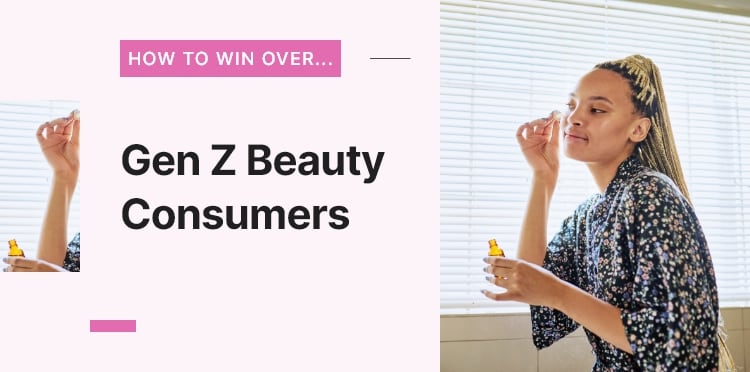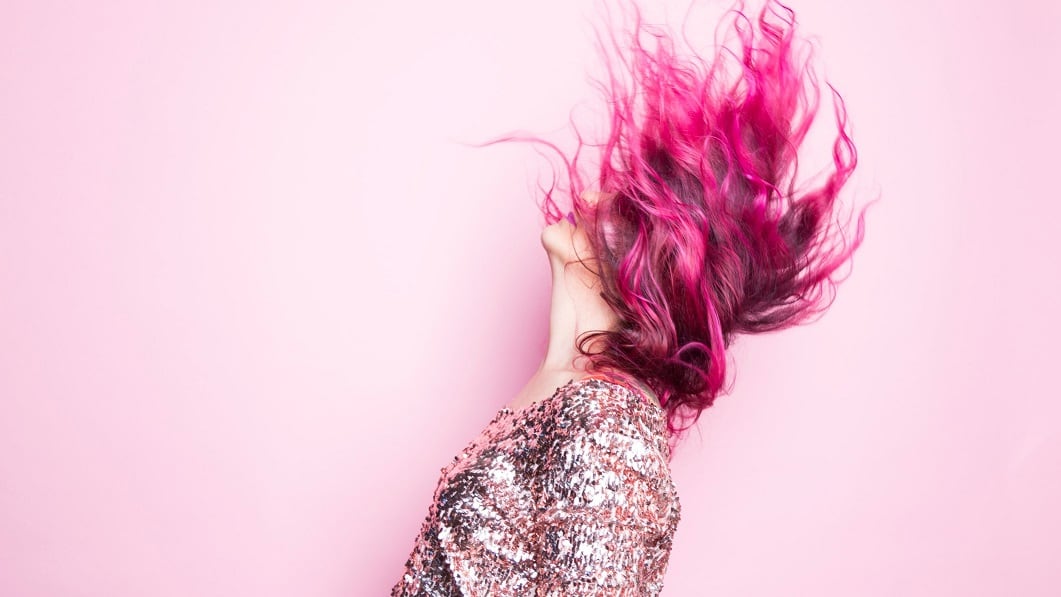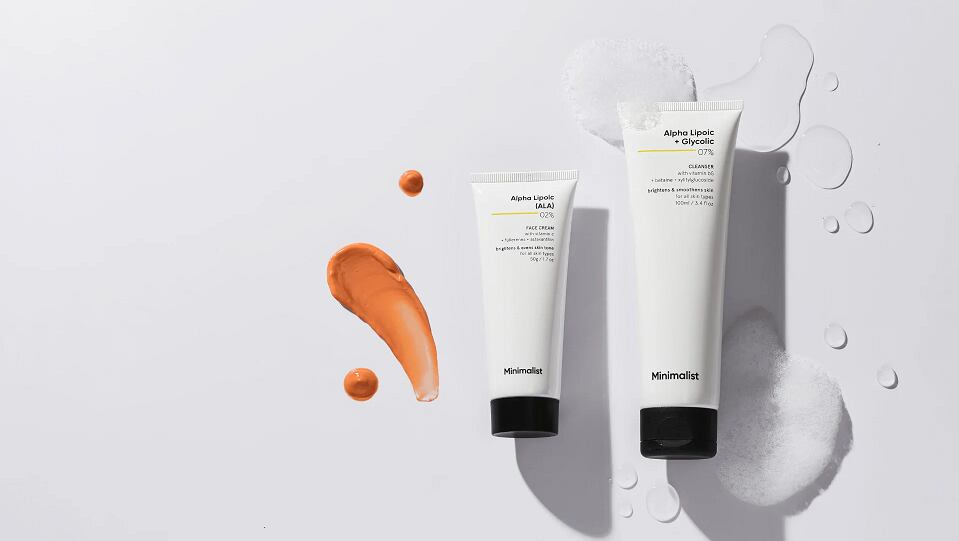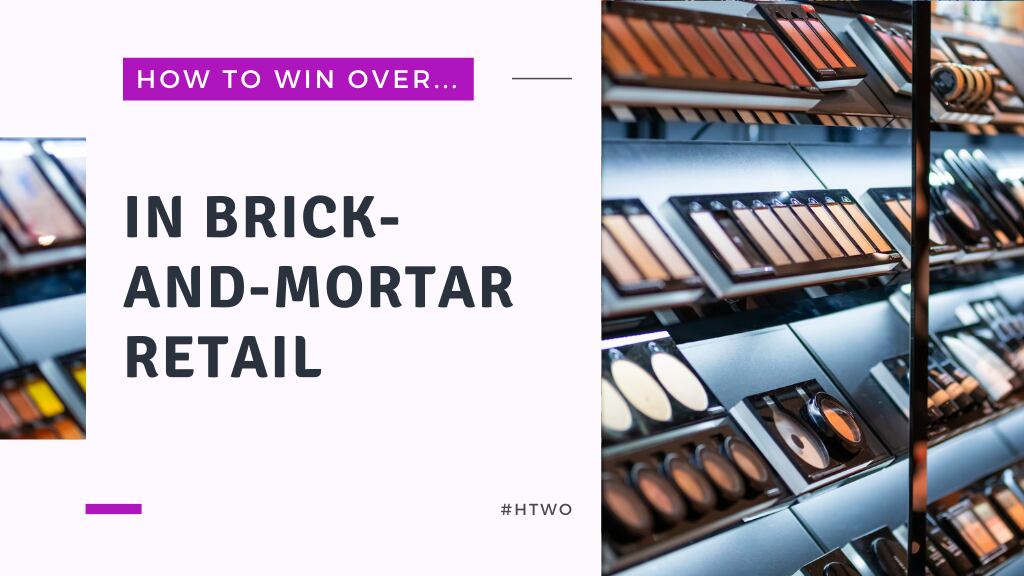Hollywood loves predicting the future. In the 1989 classic Back to the Future II, we saw an imagining of one future as Marty and Doc Brown arrived in the alternate reality of 2015. Looking back today, futuristic is hardly the word you would use to describe that silver screen reverie.
While we did not get hoverboards in 2015, we did get the Apple Watch. It was also the year Instagram surpassed Twitter in users. Meanwhile, Twitter launched livestreaming capabilities with the now defunct Periscope, which incidentally was Apple’s App of the Year.
Compared to real life, Back to the Future II’s version of the future is positively quaint. Today, the world is more connected yet divided than ever. Technology has never advanced more rapidly, yet so many aspects of our future seem beyond repair.
This is the backdrop that Generation Z was raised in; a world brimming with possibilities... and the sword of Damocles swaying precariously above it.
The millennial generation is defined as those born between 1981 and 1996, and anyone born 1997 and onward is considered part of Gen Z, according to Pew Research.
Zoomers, as they are informally known, will make up a quarter of the entire Asia Pacific population in three years, a size on par with millennials, according to McKinsey & Company. It is no wonder they are top of mind for cosmetic companies today.
“Generation Z is shaping up to have great spending power and they are the future of modern retail. It’s important to stay relevant to them, not only focusing on the products they want but also the stories and experiences that go with them,” Malina Ngai, CEO of A.S. Watson, Asia & Europe, told CosmeticsDesign-Asia.
While often lumped together with millennials, it would be a mistake to treat them as one cohort.
Gabar is an independent fragrance label from Myanmar co-founded by Phway Su Aye and Su Zar Wain Hnin. The pair founded the brand in 2021 after detecting whitespace in the market for a fragrance brand that could speak to Gen Zs.
The pair observed that Gen Zs effectively grew up in two worlds: the ever-changing digital world and the turbulent physical world. In both, the ground they stand on is as stable as shifting sand.
“When you look at millennials, two-thirds of our lives were lived digitally, but the first third was pretty analogue. I feel we have more of a romanticism around the non-digital, like I still love reading books,” explained Aye, who serves as the brand’s CEO and creative director.
“But for Gen Zs, because a lot of them didn’t grow up around that, they’ve missed that nostalgia, that tactility. It’s too digitally led with all this information at their fingertips, and there’s a rootlessness and lack of grounding. That digital world can really be overwhelming and make someone feel very lost.”
Understanding the contrarian: Inside Gen Z buying behaviours
Having to shift between the digital and physical has influenced their shopping behaviours at a fundamental level. Hnin describes two contradictory shopping behaviours that run parallel to each other.
“The buying patterns of Gen Zs are very interesting,” said the COO and global director of Gabar.
“On one hand, they can be very thoughtful, sustainable, and frugal. We can see from the way they look for second-hand vintage items on Depop. But there’s a whole other side to Gen Z buying behaviours. Just look at fast fashion sites like Shein and Cider that are releasing new products every day and giving them that instant gratification.”
Hnin asserts that we cannot think of Gen Z’s buying behaviour in simple, one-dimensional terms. “We have to remember that they are really multidimensional and have different buying behaviours within the same group of people.”
The already ubiquitous influence of the Internet was exacerbated further by the COVID-19 pandemic, which saw the world migrate online out of sheer necessity.
“I think even more Gen Zs behaviours shifted towards digital, just because of the fact that digital shopping became such a big phenomenon as they were growing and coming into their own. With technology booming and with apps like TikTok, we can expect these buying behaviours to continue,” said Hnin.
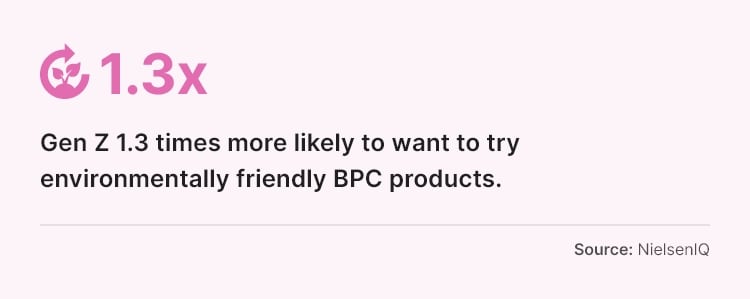
At the same time, the brand understands that Gen Zs crave life outside the digital bubble, and having a physical presence is also imperative. Once again, this highlights the contrarian behaviour of Gen Zs.
When it comes to physical retail, you can expect them to be demanding. After all, they are used to being able to reach a brand at the drop of a hat through Whatsapp and they have access to infinite entertainment at their fingertips.
“In the end, it’s all about engagement,” said Melissa Hago, vice president of beauty and wellness at consumer insight and trend forecasting company Fashion Snoops.
There is arguably no retail space that encompasses what Gen Zs are looking for more than US-based retailer Showfields, with its endless carousel of new brand showcases and its signature slide punctuating its playground-like atmosphere.
Jason Lee, founder of Singapore-based fragrance house Scent by SIX, which will be hosting a three-month pop-up at Showfields later this year, described walking into its New York store for the first time feeling “like Alice in Wonderland”.
“It’s not about going to a store to pick up a product, you’re going to get coffee, sitting down with your friends, Instagramming, going down a slide – you’re having a whole experience. It’s not like you’ll walk in there, see the same 10 brands every time. And because it’s so small and curated, you can meet the brand owners too. You can ask questions and learn about why this brand launched and get this emotional connection,” said Hago.
Work hard, but also don’t: Engaging with authenticity
Fostering a connection is extremely important when it comes to engaging Gen Z consumers and failing to cultivate one with them is a sure-fire way to lose their patronage.
In seeking out the stories behind the brand, Gen Z consumers are looking for transparency, authenticity, and an antidote to the artifice of the virtual world. Hago believes one of the best ways to build an authentic connection is through education.
“It’s not about putting a product on a shelf with nice marketing that says: please buy me. Again, it’s about engaging with the consumer with pop-up events and educational things to share how you are giving back or like teaching them about composting.”
Another defining characteristic of Gen Zs is their empathy and their willingness to stand up for what they believe in, and they also expect brands to do the same.
“I think this era of buyers respect companies that speak up and have strong values. They care about fighting for causes they believe in. Maybe they couldn’t care less about fragrance, but they care about the brand’s mission, and that’s why they are attracted to it,” said Aye.
Then again, despite their perceived caring natures, Gen Zs are infamously not brand loyal at all. With a thousand brands and a million products fighting for their attention, who can blame them?
“88% of Gen Z consumer are loyal to five or fewer companies. It’s not that they are not completely loyal, but they are also not afraid to discontinue support. Let’s say one brand, says or does something wrong, they can quickly move on to something else,” said Hago.
Nurturing that connection with Gen Z consumers can be endless hard work, Hago added. “You’re competing with 500 other brands so you’re going to have to stand out by being that louder voice.”
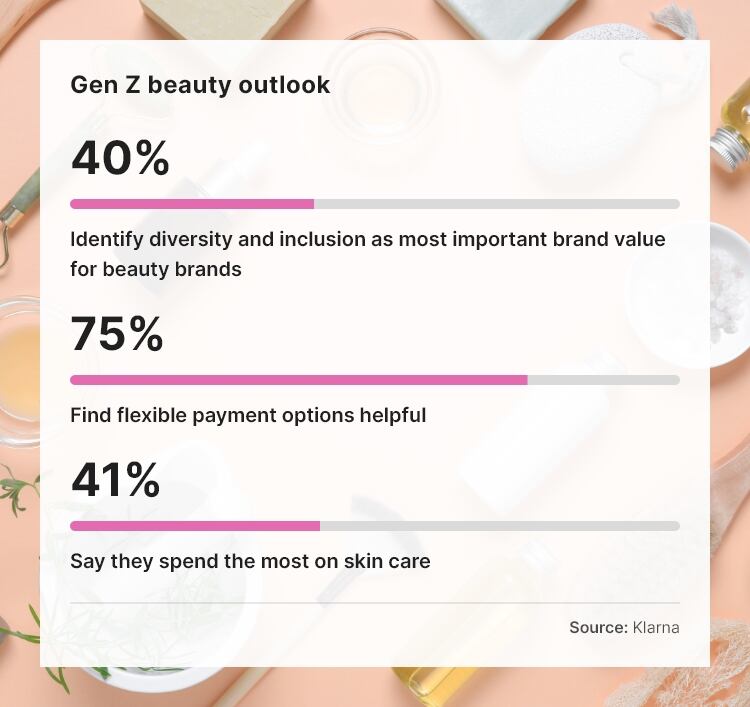
But sometimes a brand does not need to work hard at it at all. Sometimes, they get lucky, just like French pharmacy favourite Caudalie.
In 2021, sales of Caudalie’s Instant Detox Mask surged by 600% across Asia and Australia, where the brand is exclusively distributed through Sephora. The truly unusual thing is that the mask was by no means a fresh new launch.
“It’s funny because the detox mask was not a new product. It was always the brand’s best kept secret for many years,” said Jean-Christophe Samyn, general manager, South East Asia, Australia, and New Zealand.
That all changed in March 2021, when UK e-tailer LOOKFANTASTIC published a video demonstrating the pore cleansing prowess of the mask. Crucially, users could see the mask drawing out the sebum from pores in a manner that could trigger trypophobia.
“The video showed that unlike many other clay masks, [Instant Detox Mask] has an oil sucking ability that’s very visible to the users, it’s very visually appealing – a bit gross but very satisfying,” said Samyn.
In the first two weeks, the video racked up over two million views. Then, it blew up on TikTok after being picked up TikTok influencer Glamzilla and a band micro TikTokers.
“From there it just snowballed. It became a fun challenge on TikTok and just became a viral sensation. From the UK, it quickly moved to the US and then back to Europe and then to Asia. We went from three million views to 130 million views in six months, which is absolutely insane,” he told us.
Since it exploded on TikTok, sales of the mask have continued to be strong.
“It has peaked and dropped slightly, but at a super, super high level, and it’s plateaued now. But still, as soon as we get stock in, it gets sold out pretty much. To this day, it continues to be really strong, particularly in Singapore and Australia,” said Samyn.
This endurance could be attributed to Caudalie’s exposure to a new audience, particularly, the Gen Zs of TikTok.
“I think a lot of these people were new to the brand, and hopefully, this started their journey with the brand and led them to discover other products. We are a clean brand as well, which I think is very appealing to this generation,” said Samyn.
While the brand does have an official TikTok account, it is not trying to replicate what happened with the Instant Detox Mask, accepting that what happened was the equivalent of catching lightning in a bottle.
More importantly, what underpinned the product’s success on TikTok was its organic rise.
“In some ways, we were lucky. There’s no secret recipe to turn a product viral, to be honest. You can try a hundred times and fail a hundred times,” Samyn reflected.
“The key for us is to be as organic as possible, like we repost a lot of local creations as opposed to what’s created by HQ. I think all TikTok viewers, particularly of this generation can see through what is too branded or too advertised.”
Beauty, redefined: The future according to Z
At the rate Gen Zs move, it can be tough to predict what trends lie around the bend and you may not be able to jump on it in time. Hago’s advice for brands is to take trends with a pinch of salt.
“There are like seven million trends happening. Don’t do all of it. You need to find what your niche is. If your niche is spirituality or soul care, focus on that, don’t try to be something else. Some brands are trying to do everything but its okay to focus on what you’re good at and find out what is the core of your brand.”
There is a sense that the beauty industry is in flux and undergoing a transition under the influence of Web 3 and the Metaverse, which will blur the limitations even further, said Aye.
“No limitations and all that creativity, you could have an avatar that looks the way you feel. You are free to experiment with gigantic ears, different coloured hands – who knows, I’m just making things up here.”
As Gen Z continues to experiment with their quest for self-expression, there is a possibility that we will see a breakdown of beauty ideals.
“Beauty is expanding on itself. I think this reflects how Gen Z is changing beauty. There are fewer limitations on what beauty means. For our generation, it was still very gendered and divided, but for them, beauty can have such different interpretations and there’s so much creativity you can have with it. When it comes to beauty, I’m really so excited about what companies come up with when the boundaries are not there,” said Aye.
Self-expression is a key theme for Gen Z beauty. Hnin pointed out that Gen Zs are not like millennials, who followed beauty YouTubers to learn exactly how to draw a cat eye ala Alexa Chung and contour like a Kardashian. Instead, they draw their beauty inspiration from shows like HBO’s Euphoria.
“When you look at Euphoria, the make-up is not just about mascara, eyeliner and foundation anymore. You can have glitter and jewelled stickers on your face, it’s about exploring and playing and having fun with expressing yourself. There’s no feeling like what you’re wearing is weird. If it’s out of the box, that’s acceptable to a lot of Gen Zs.”
Along with this, we can expect the category itself to broaden further beyond traditional categories. The notion that you have to feel good to look good is not lost on Gen Zs, who prioritise mental wellness and self-care.
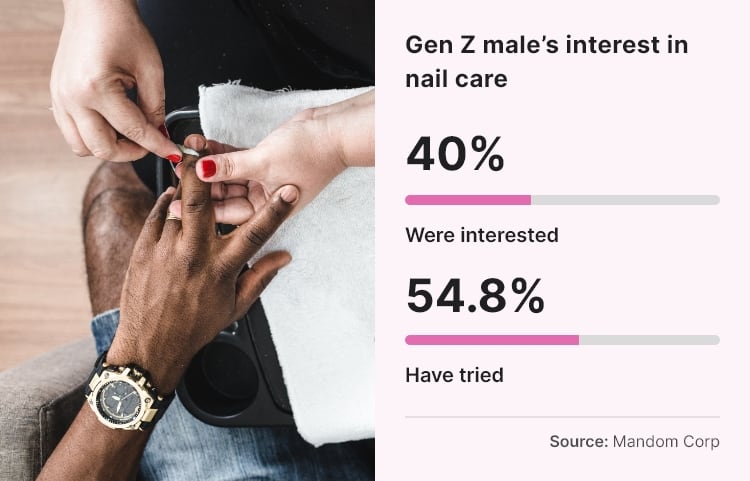
“Internal beauty is such as focus. Beauty is blurring with wellness and mental health because it’s not just about outer beauty and it can encompass a lot of things like doing things to help your environment, help the space around you – that’s when you feel your most beautiful.”
In line with this, the company will soon be launching body and face oils that cater to this need.
To those of us who are old enough to remember the dulcet tones of dial-up Internet, the ways of the digital natives may seem completely alien. Contrary to popular belief, TikTok is not everything to Gen Zs. Brands will do well to remember their craving for in-person sensory experiences and their favour for those that stand for the same values.
In time, the virtual world will bleed into the physical realm, influencing aesthetics, testing limitations, and ultimately changing what we believe is beautiful.


